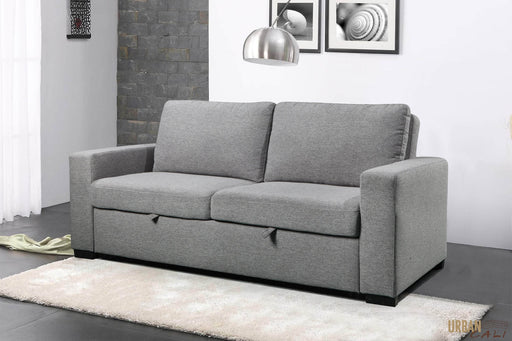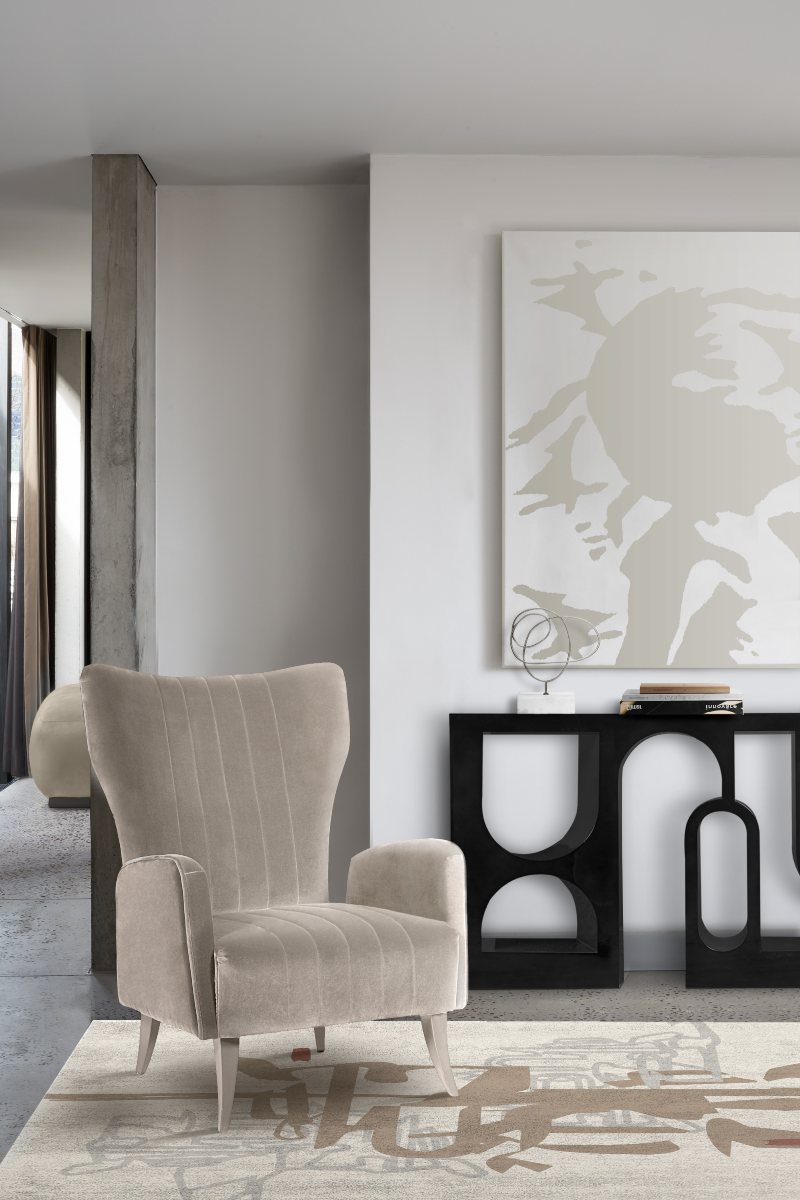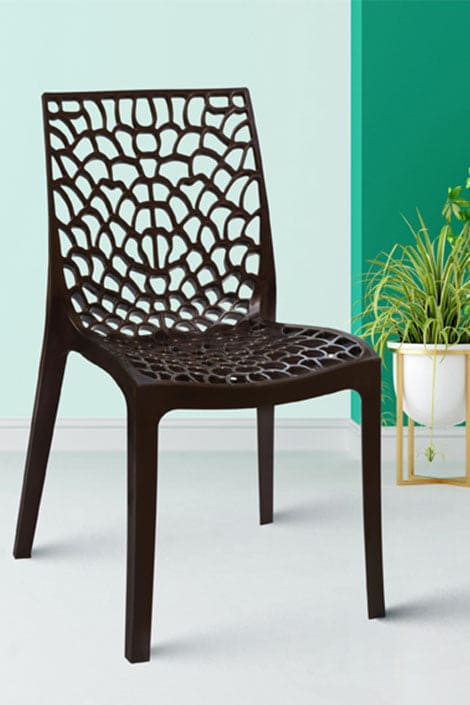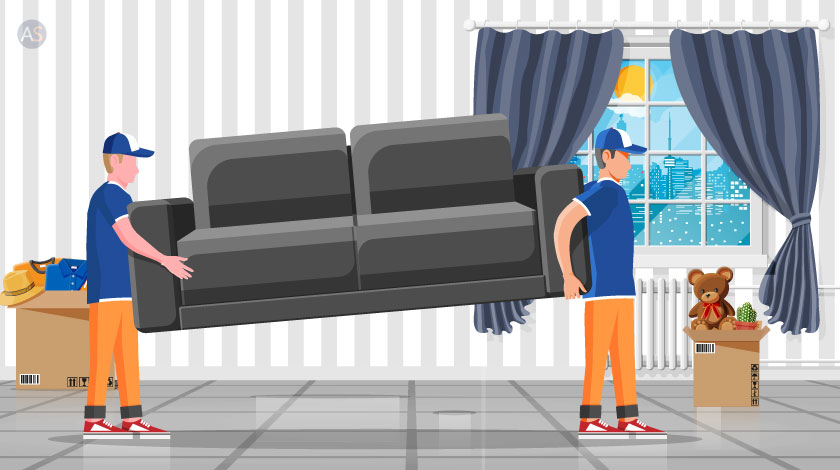
Maximizing Your Radiator’s Efficiency: A Guide to Bleeding Radiators
Understanding the Importance of Radiator Maintenance
Radiators play a vital role in maintaining a comfortable and warm home during colder months. However, over time, air can accumulate within the radiator, causing inefficient heating and cold spots. Bleeding your radiator is a simple yet essential maintenance task that ensures optimal performance and consistent warmth throughout your living space.
Recognizing Signs of Air Accumulation
Before diving into the bleeding process, it’s essential to recognize signs that your radiator may have air trapped inside. Uneven heating, gurgling sounds, or cold areas on the radiator are indicators of air pockets hindering the proper circulation of hot water. If you notice any of these signs, it’s time to bleed your radiator.
Gathering Necessary Tools
Bleeding a radiator requires minimal tools, making it a straightforward task for most homeowners. All you need is a radiator key or a flat-headed screwdriver, a cloth or towel, and a container to catch any water that may escape during the bleeding process. Make sure to turn off your heating system before starting to bleed the radiator.
Locating the Bleed Valve
Each radiator has a bleed valve, usually located on the top or side. The valve has a square-shaped nut that can be turned to release trapped air. Before turning the valve, place a cloth or towel beneath to catch any water that may escape. This precaution helps prevent potential messes during the bleeding process.
Beginning the Bleeding Process
Insert the radiator key or screwdriver into the bleed valve and turn it counterclockwise. You should hear a hissing sound as the trapped air escapes. Once you see a small amount of water, indicating that all the air has been released, quickly tighten the valve by turning it clockwise. Be cautious not to over-tighten to avoid damaging the valve.
Checking the Water Pressure
After bleeding each radiator in your home, it’s essential to check the water pressure in the heating system. Low water pressure can lead to inefficient heating and potential damage to your boiler. Refer to your boiler’s manual for instructions on checking and adjusting the water pressure to ensure it remains within the recommended range.
Testing Radiator Efficiency
After bleeding the radiator and adjusting the water pressure, it’s time to test its efficiency. Turn on your heating system and feel the radiator to ensure it heats evenly. Check for any unusual sounds or cold spots. If the radiator now provides consistent heat, you have successfully eliminated trapped air and restored optimal performance.
Benefits of Regular Radiator Bleeding
Regularly bleeding your radiators offers several benefits. It enhances the overall efficiency of your heating system, ensuring that warm water circulates freely. This not only improves the comfort level in your home but also contributes to energy efficiency, potentially reducing heating costs. Additionally, bleeding your radiators prevents corrosion and prolongs the lifespan of the heating system.
Contributing to Community Initiatives
As you prioritize energy efficiency through radiator maintenance, consider contributing to community initiatives focused on sustainable living and environmental conservation. Participate in projects that promote efficient heating practices and overall community well-being. Visit bleed a radiator to explore opportunities for contributing to community-driven initiatives.
Explore Opportunities to Contribute
Explore opportunities to contribute to community initiatives focused on sustainable practices, energy conservation, and overall community improvement. By participating in such projects, you extend the positive impact of your radiator maintenance efforts to benefit the broader community.
In conclusion, bleeding your radiator is a simple yet impactful maintenance task that ensures efficient heating and prolongs the lifespan of your heating system. By understanding the process, recognizing signs of air accumulation, and incorporating radiator maintenance into your routine, you contribute to a comfortable, energy-efficient home and a more sustainable community.










